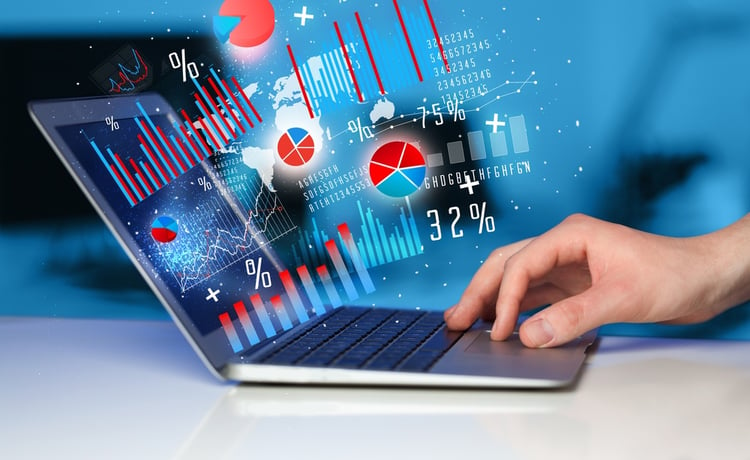
Imagine a world of risk management without access to data, analysis and reports. It’s unthinkable. All Risk Managers know that analytics is key to highlighting areas of concern, identifying root causes of claims and accidents and choosing which high impact risk should be their focus.
But do all Risk, Insurance, and Safety Managers truly understand the power of analytics and how use them to their full potential?
Types of risk analytics
To be able to make the most of analytics we first need to explore the types of analytics used in risk management;
Descriptive Analytics – When first using a risk management system it’s important to be able to look at your historical data and learn from events that have already happened. What are the types of events that occur? What is the cost? How have types of events changed over time?
Predictive Analytics – Use data and trends to give you an idea of how likely it is that an event or outcome will happen based on your current situation. You can also highlight which claims are your biggest risk. This will help you choose which areas you should focus your attention on to reduce risk impact or occurrence.
Diagnostic Analytics – Have a play with your data. Pull various reports together to discover relevant relationships and identify trends. You might find that seemingly unrelated claims or accidents have a link which could help you prevent future issues. Or you might see that different locations have the same problems and one solution could suit everyone.
Prescriptive Analytics – Reduce your total cost of risk (TCOR) through making informed business decisions based on facts. Then choose future courses of action based on what potential outcomes are achievable with program changes and focus.
The Benefits of using a Risk Management Information System
Traditional spreadsheets can’t provide the same level of analytics an RMIS can.
What is the true impact that analytics has on a company when using risk management system technology?
As well as compliance and cost savings, analytics can help organizations make efficient resource deployments, meet corporate responsibility expectations, identify fraud, protect brand reputation and choose positive risks for business growth.
It’s all very well citing these claims, but companies want to see results and facts. For that we can look to our own data and analytics. Our customers report significant success against their KPIs since implementation of an RMIS.
- With 3 million passengers daily, Stagecoach understands the need for using analytics in their risk management program. They use analytics to immediately see the expected claim cost per incident once it has been reported, analyse the whole claims cycle to improve how the team handles claims and quickly share accident trends with bus operators and operational teams to put in place safeguards to prevent future events.
- Cummins uses analysis of TCOR to design a strategy that supports the company’s risk appetite. Reporting, using a range of carefully crafted charts and graphs, helps them to see the benefits of risk and insurance. It is also used as a measure to show how the risk management team is performing and adding value to the business.
Click here to find out more about how you can harness the power of analytics using Ventiv's software










